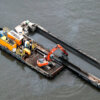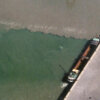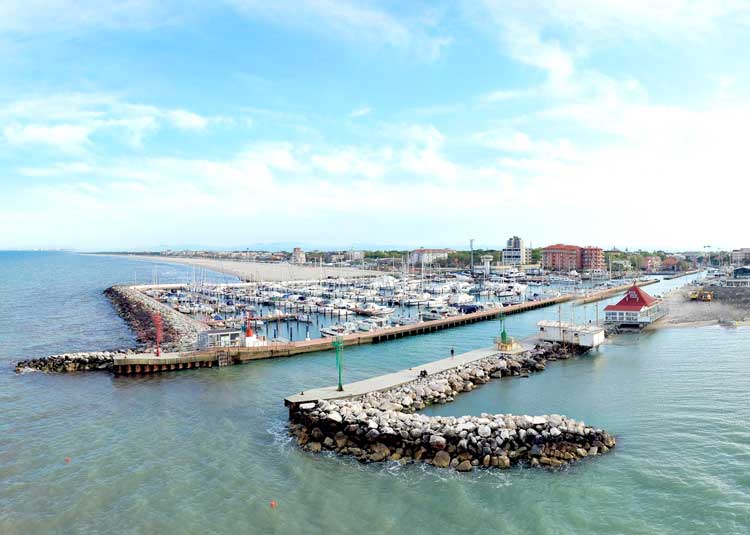Environmental monitoring is used to protect marine fauna and flora and should be conducted before, during and after a dredging operation.
Changes to the environment
Dredging and maritime construction operations are a necessary element in the development of modern industrial society. Yet, at the same time, dredging activities always create some change in the existing environment. Awareness of these changes, of their impacts on the coastal defences, on natural habitats and water quality are essential to ensuring that the improvements made by the dredging activities do not have unintended negative consequences.
The main role of Environmental Monitoring is:
- to examine changes in environmental conditions in areas where dredging is taking place,
- to ensure that impacts are acceptable, and
- to implement dredging methods are environmentally sound.
Nowadays environmental monitoring is a requirement for most major dredging operations.
On-going monitoring
Environmental requirements and restrictions from governmental authorities, project owners and financial institutions are the norm. Over the last decades, environmental legislation — local, regional and international – has become stricter. Public awareness has also grown.
The dredging industry has met these demands by increased research and implementation of environmental dredging techniques and the use of environmentally sound equipment.
Monitoring is measuring
Measuring the success of dredging methods is imperative. Monitoring provides invaluable data for the client and contractor in order to minimise environmental impacts while simultaneously optimising the design. It also helps in communicating accurately with regulators, the public and other stakeholders who may doubt the dredging process for one reason or another.
Environmental monitoring records:
- the state of the environment at a given locality (the dredging site and/or the borrow site)
- it establishes an environmental baseline, which recognises natural occurrences (storms, currents) as well as human activities unrelated to dredging (as shipping and fishing), and
- it establishes both seasonal and geographical variations before the start of a project.
By defining these parameters, environmental monitoring can put into context such issues as spill rates, noise levels, accuracy, turbidity and sound, and can help in the selection of the appropriate dredging plant.
Types of monitoring
Monitoring programmes can be categorised into three types depending on their objectives and are often the responsibility of three different groups:
- Surveillance or BACI Monitoring is usually the responsibility of local and/or central Authorities. It measures changes to selected parameters between the conditions before dredging and the conditions during dredging.
- Feedback or Adaptive Monitoring is conducted by the project owner or contractor. In this type of monitoring a few fast-reacting and predictable environmental variables are forecast by modelling and then monitored continuously during the dredging and filling operations. Computer models make it possible to assess early on whether intervention is necessary. Because possible exceedance of environmental criteria can be forecast so quickly, dredging plans can be altered immediately and environmental damage can more easily be avoided and/or limited, which also helps avoid costly downtime.
- Compliance Monitoring is normally executed by the contractor. It determines if the dredging process complies with the restrictions that are either legally or contractually stipulated. Depending on the site, these can be r physical (dredging depth, location or transport mode, limitation on turbidity or sedimentation rate at a vulnerable site nearby), seasonally related (special restrictions during breeding / growing seasons) or quality oriented.
Environmental monitoring can be advantageous to all parties concerned. Though costly, the cost factor should not be a detriment. Cost-effective monitoring before, during and after a project, will limit even more costly impacts in the short and long term.







































